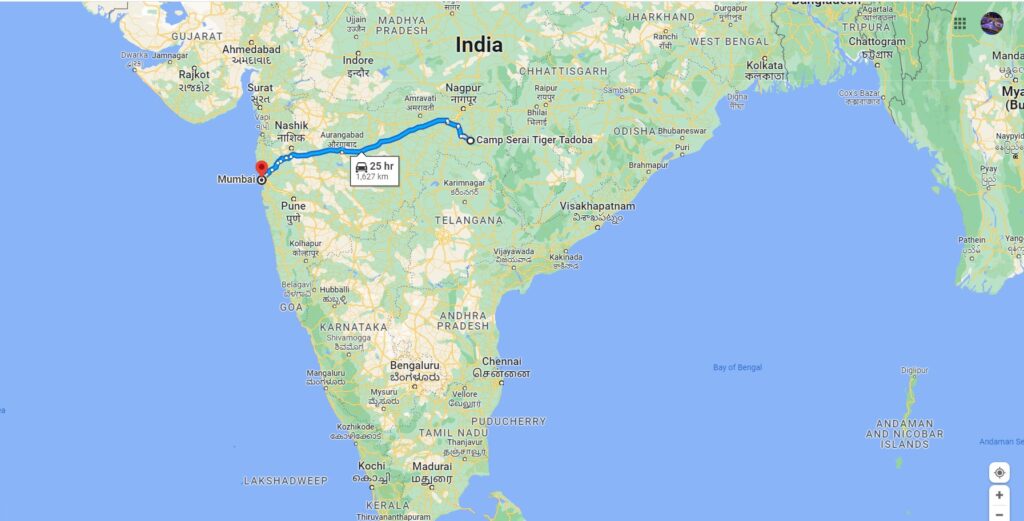
After the wonderful forest treks and safaris at Chitwan National Park in Nepal and Amboseli National Park & Masai Mara in Kenya, we were eager to visit the Tadoba Andhari Tiger Reserve (TATR) in the Chandrapur district of Maharashtra. To view this elusive and magnificent predator in its own habitat was an opportunity not to be missed. It was a comparatively short road trip, 1650Kms in all. My daughter and I were joined by my brother and his family in their vehicle. Amma and Appa were with us of course, in frame and in spirit.
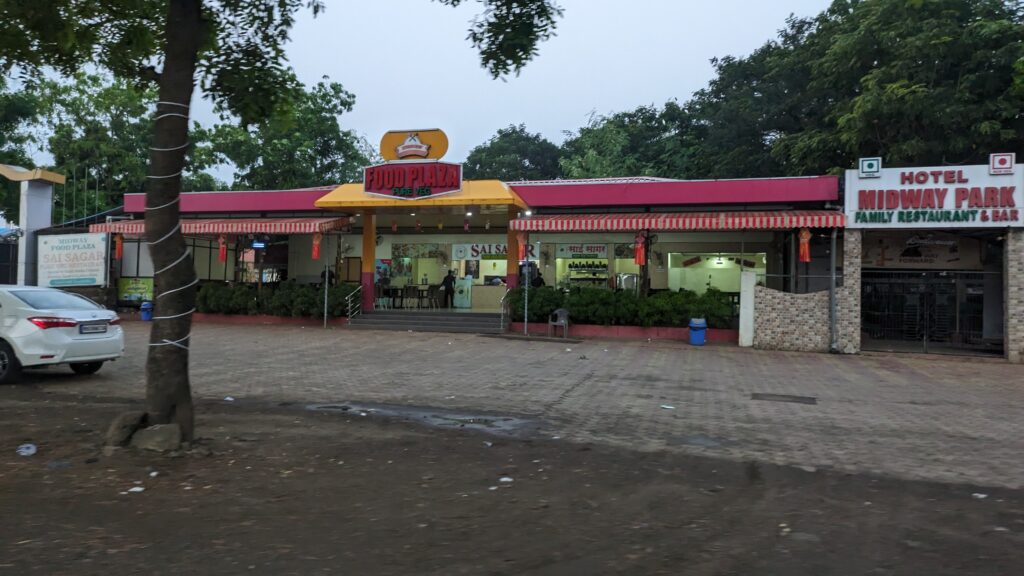
We departed at 4:50am on a dark and foggy Saturday morning on the 11th of November 2023. The children (my nephew and daughter), were eager and excited. We sped through the morning smog from Mumbai: passing Thane, Kalyan, Bhiwandi, Shahapur and Igatpuri, after a short break for tea enroute. We joined the Hindu Hrudaysamrat Balasaheb Thackeray Maharashtra Samruddhi Mahamarg (Nagpur-Mumbai Expressway) from Ghoti, in Nashik district, five hours later. The six-lane, 701-km long expressway was partially opened and was one of the country’s longest greenfield road projects. It connected the state capital Mumbai to the state vice-capital Nagpur. On completion, it would connect 10 districts and pass eight major cities in Maharashtra. We would not go all the way to Nagpur, but exit at Wardha, moving down to Chandrapur district where Tadoba was located.
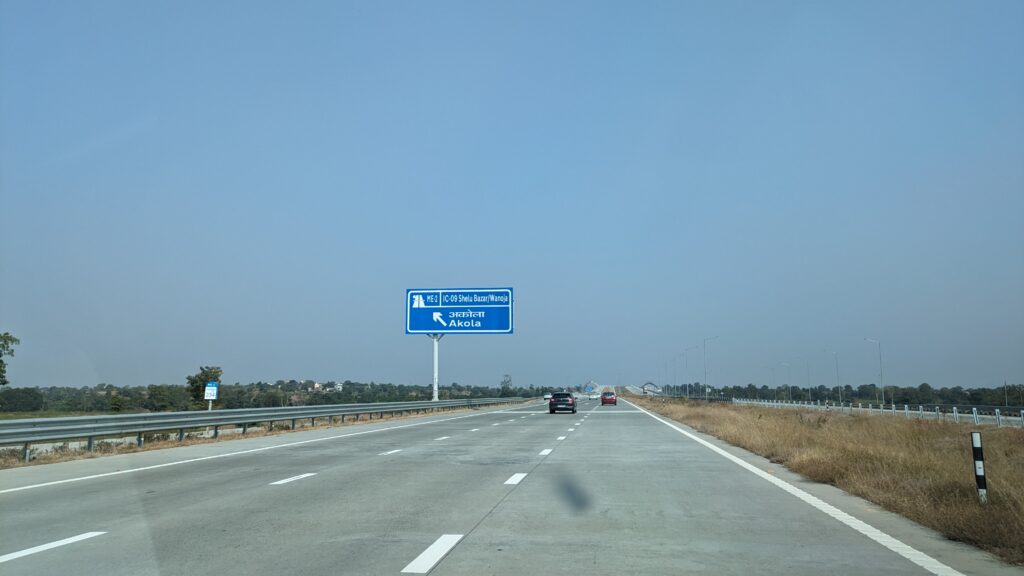
While the expressway was built superbly, it still lacked supporting infrastructure like restaurants, petrol pumps and rest rooms at regular intervals. Of the three petrol pumps enroute, one had run out on fuel and the make-shift restaurant at the same place had run out of breakfast (poha) after we had had ours. Fortunately, the next pump had petrol. The long, straight drive with no halts tended to induce drowsiness, so it was advisable to remain alert throughout the journey.
After four hours on the road, we stopped for lunch at a small restaurant ‘Radhika’ at Wardha at around 2 pm. The road from Wardha to Chandrapur was beautifully tarred. We passed Hinganghat, Jam, Warora and finally, at 6pm, reached Camp Serai Tiger at Tadoba, our place of stay for the next three days.
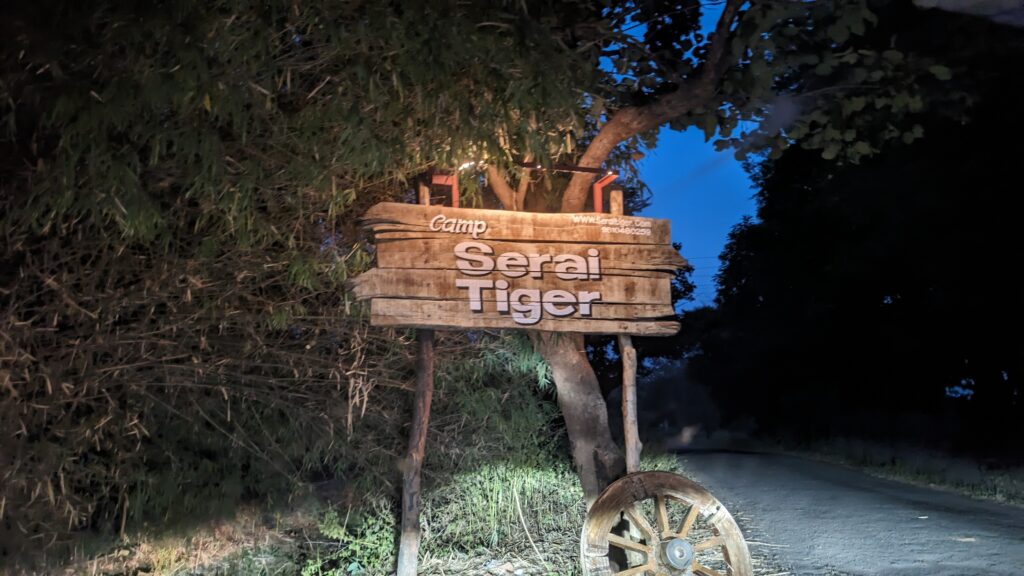
The camp was located 6 kms from the Moharli and Junona gates, two of the core and buffer areas respectively of the reserve. Our cottages, each named after a famous TATR tiger, were comfortably appointed. They had a tent-like feel and local art and craft were visible in the furniture and lanterns within and outside the rooms. The staff and owner were extremely supportive and took the trouble to prepare food to our liking. We retired after dinner, tired from the long journey.
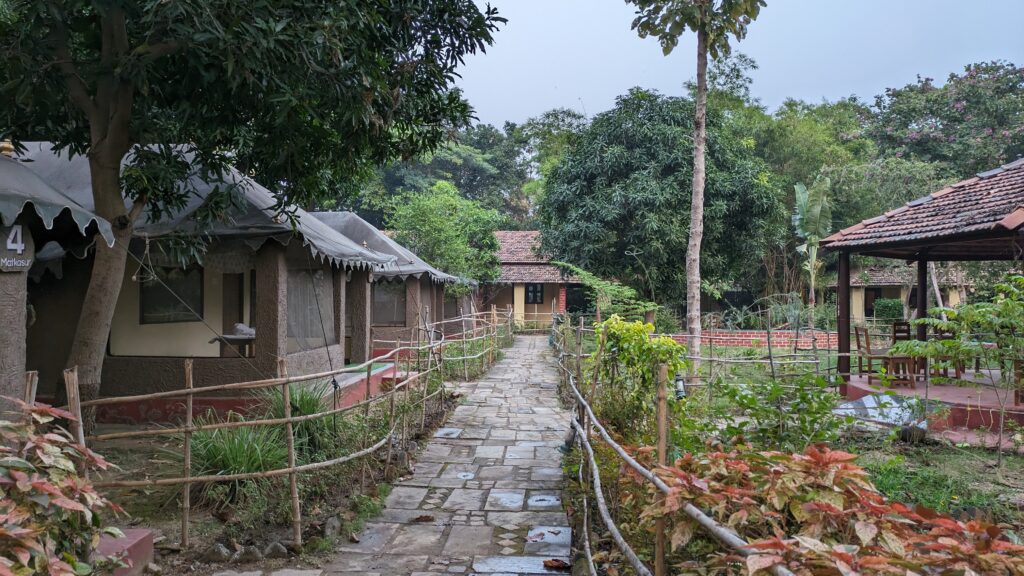
After breakfast at 8:30am the next morning we are ready to walk 500mts to the Irai Lake near our camp for an hour-long boating experience. And it was lovely! The boatman and guide pointed out various birds like cormorants, kingfisher, pond heron, ducks, egret, open-billed stork, brown-winged heron and purple-winged heron. Beautiful white lotuses bloomed in the water, their strong, green stems anchoring them to the bottom of the lake. Long strands of grass floated gently, pulled by the currents. The lake sparkled under the sun, the air was cool and fresh and we felt cherished under all this benevolence.
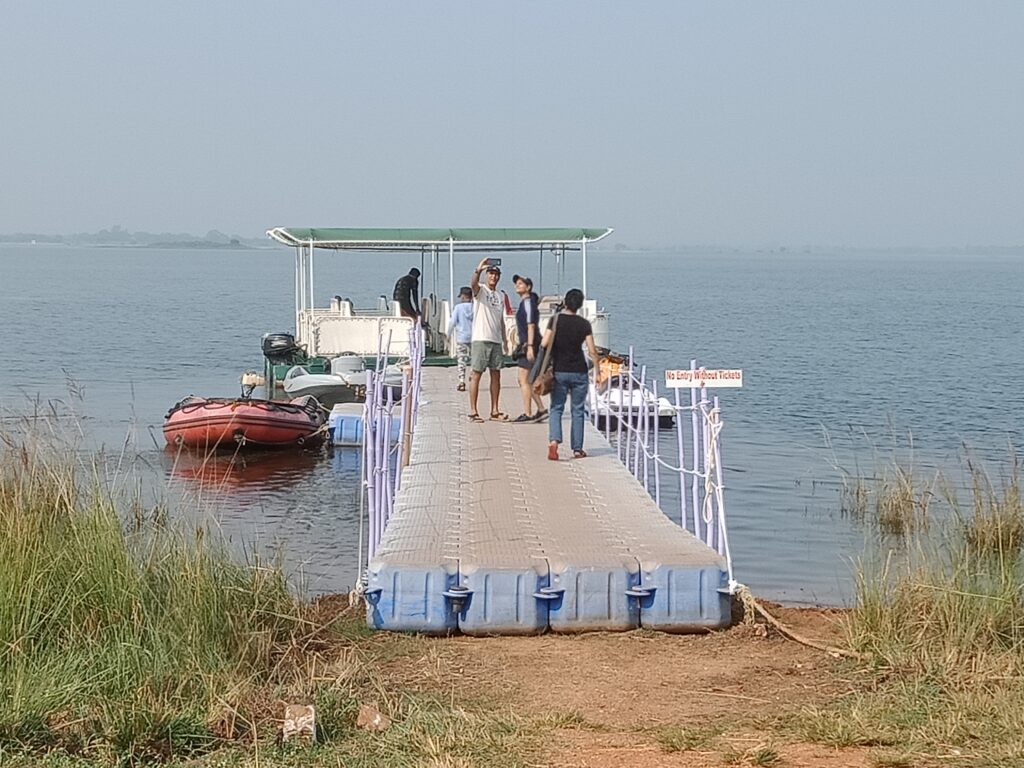
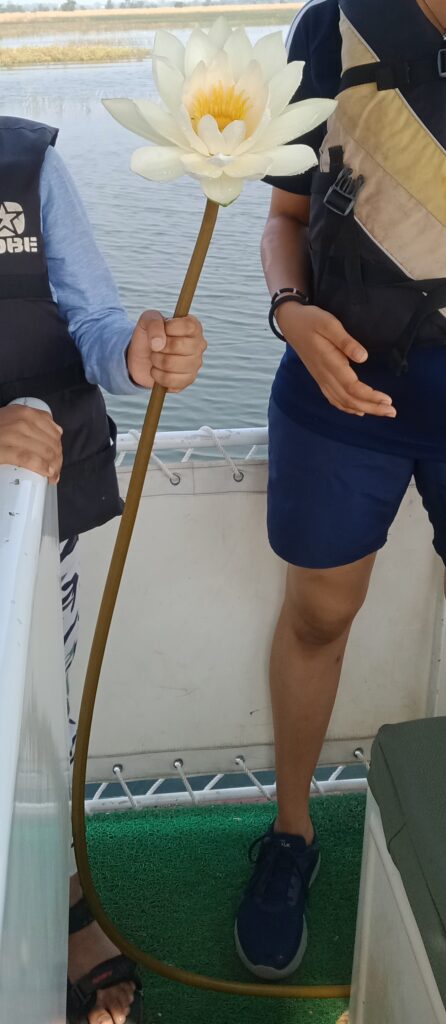
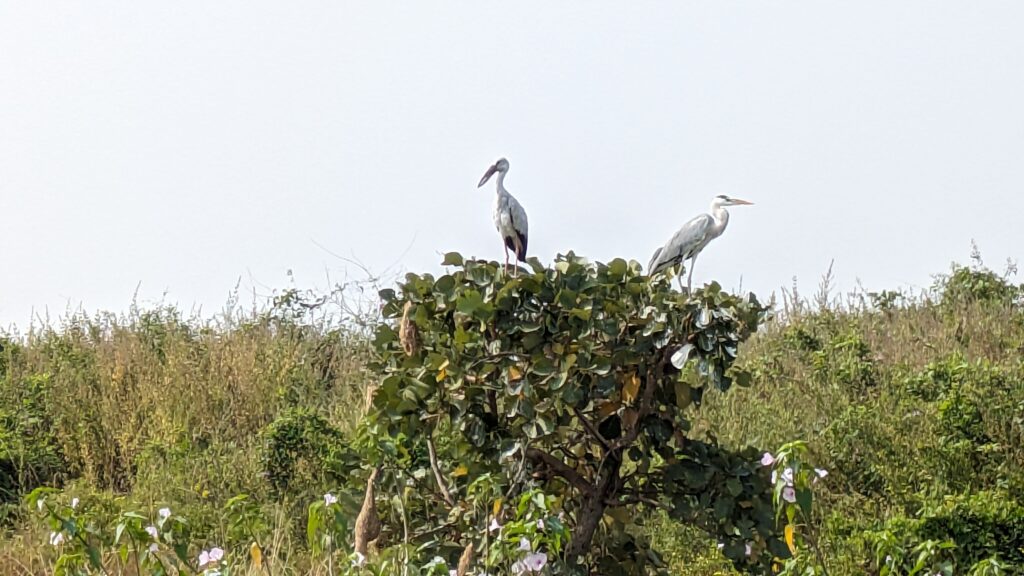
We walked back to the camp thereafter for lunch and a relaxing evening, climbing the machan for a 360-degree view around the camp. We could hear the distinct coughing sound of a barking deer at intervals nearby. The deer was mourning the loss of a loved one, we were told. All-in-all, we had a wonderful time. We retired early as our first safari was at break of dawn the next day.
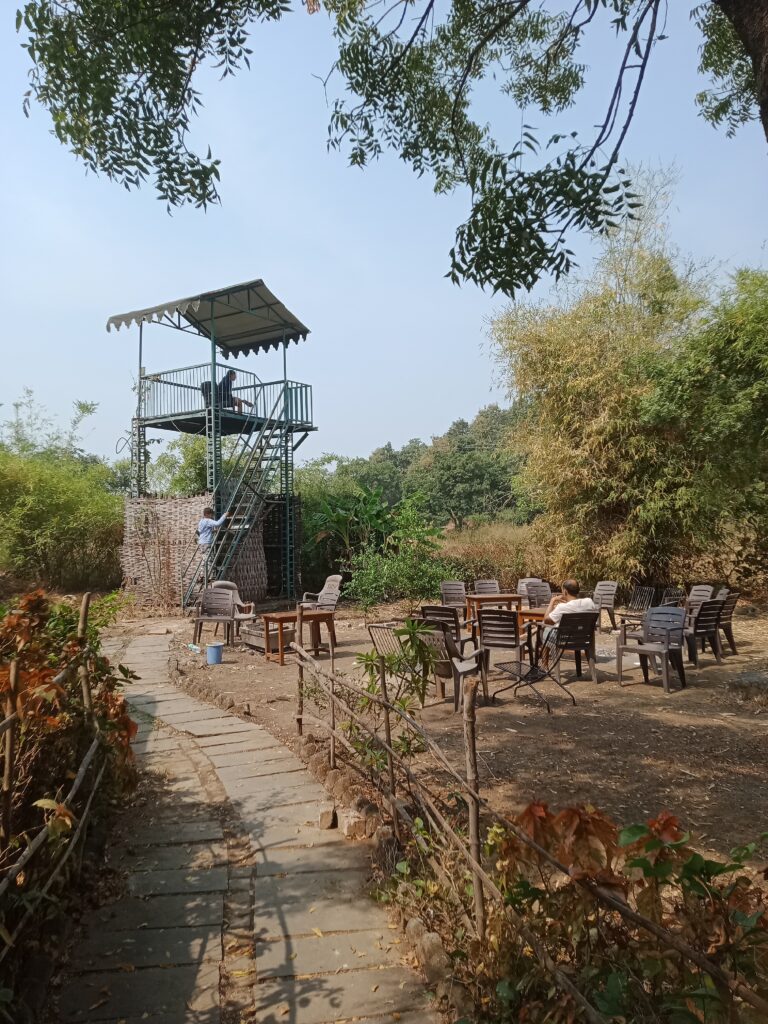
The Tadoba Andhari Tiger Reserve (TATR) was one of the 54 project tiger reserves in India. The total area of the reserve was 1,727 sq.km, which included the Tadoba National Park and the Andhari Wildlife Sanctuary. The word ‘Tadoba’ was derived from the name of the local god and ‘Andhari’ from the river that flowed in the area. There were around 125 tigers in residence according to the safari guide, but this figure could vary as the predators moved across tiger corridors between states. The Kanha-Navegao Nagzira-Tadoba-Indravati corridor connected reserves in Madhya Pradesh, Maharashtra, Chhattisgarh and Andhra Pradesh. The corridors across states were important as the big cats travelled long distances (up to 1,300 km in 150 days) crossing multiple states, districts and wildlife sanctuaries to establish their territory.
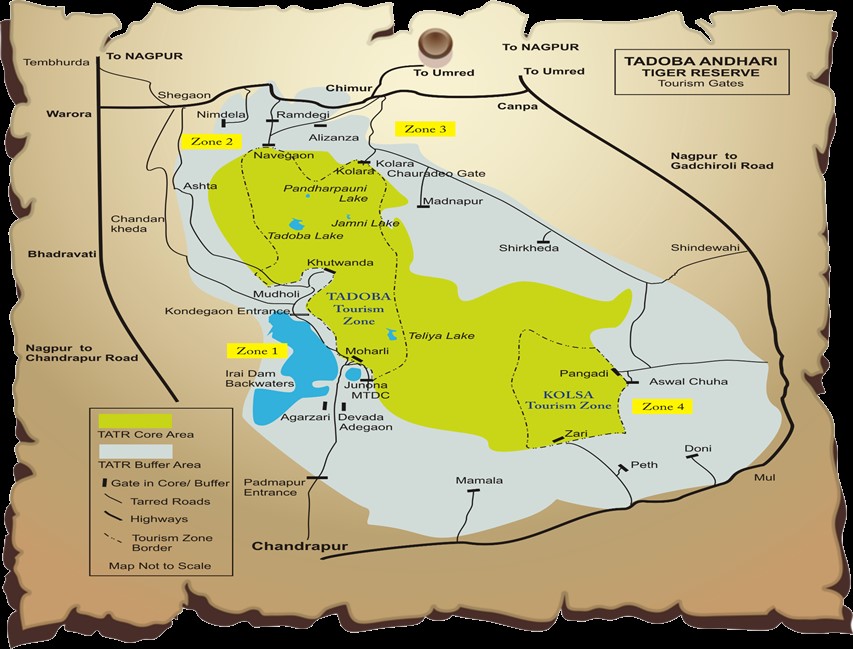
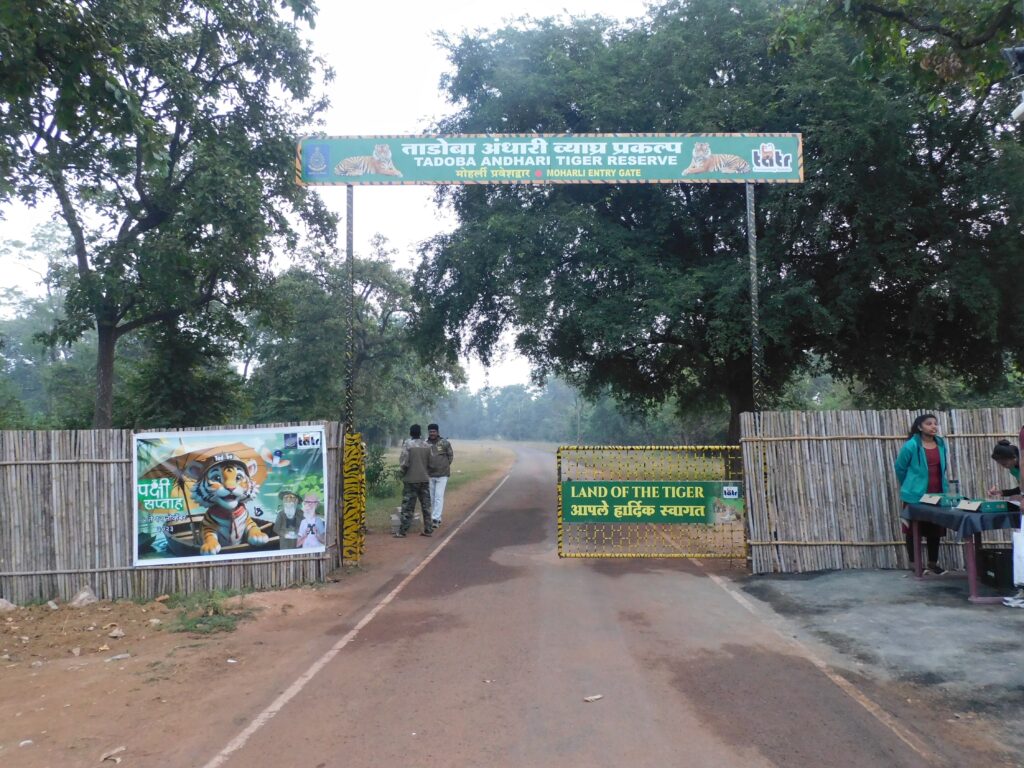
The vegetation in Tadoba was of tropical, dry, deciduous type – perfect for large cats. We could observe that teak and bamboo were prominent tree species, among others. There were a number of natural and artificial lakes and rivers that were vital to sustain wildlife. Along with tigers, the reserve was home to Indian leopards, sloth bears, gaur, nilgai and various species of deer. Wild dogs and the Indian civet were also present. Even after 30 years, Indian safari operators employed the Maruti Gypsy as their vehicle of choice. It had good ground clearance, was a four-wheel drive, had a silent engine, was a comfortable ride and had a top that could be removed. The vehicle was reliable and easy to service and repair. That was an asset, given wildlife sanctuaries were in remote areas.
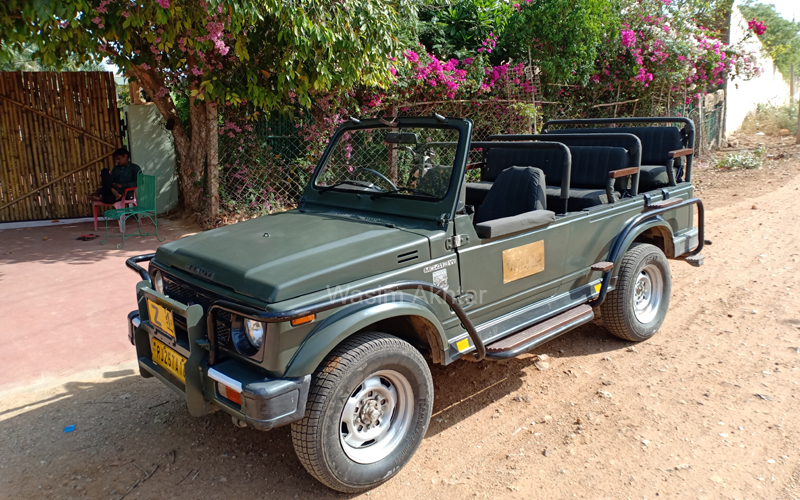
We were ready by 5:30 on the Monday morning after a cup of coffee, to drive to the Moharli gate. Once there, our booking information was checked and we were assigned a Gypsy with a driver and a guide. We clambered on to the vehicle eagerly, ready for adventure. We drove through beautiful forest area lined by trees with dry, red soil on the ground. The whole scene was breathtaking. We drove around the core area in the hope of sighting some of the famous tigers: Maya – the queen of Tadoba, Sonam, Matkasur, Chota Matka, Bajrang, Choti Tara, Bijli, Madhu, Lara, Geeta and Mona, to name a few. The guide pointed out a female tiger’s pug marks on the mud track, fairly recent. We kept driving through various tiger territories but no big cat was in sight. Our guide, who was in constant touch with other safari guides, got a call of a sighting of a female with two cubs near the fencing area and we drove speedily there, but she had walked out of sight. We moved to one of the possible exits she might take, but even after waiting in silence for over 20 minutes, there was no sight of her or her cubs. Thus, we spent four hours of the morning. Finally, we drove back to the exit gate, a little disappointed.
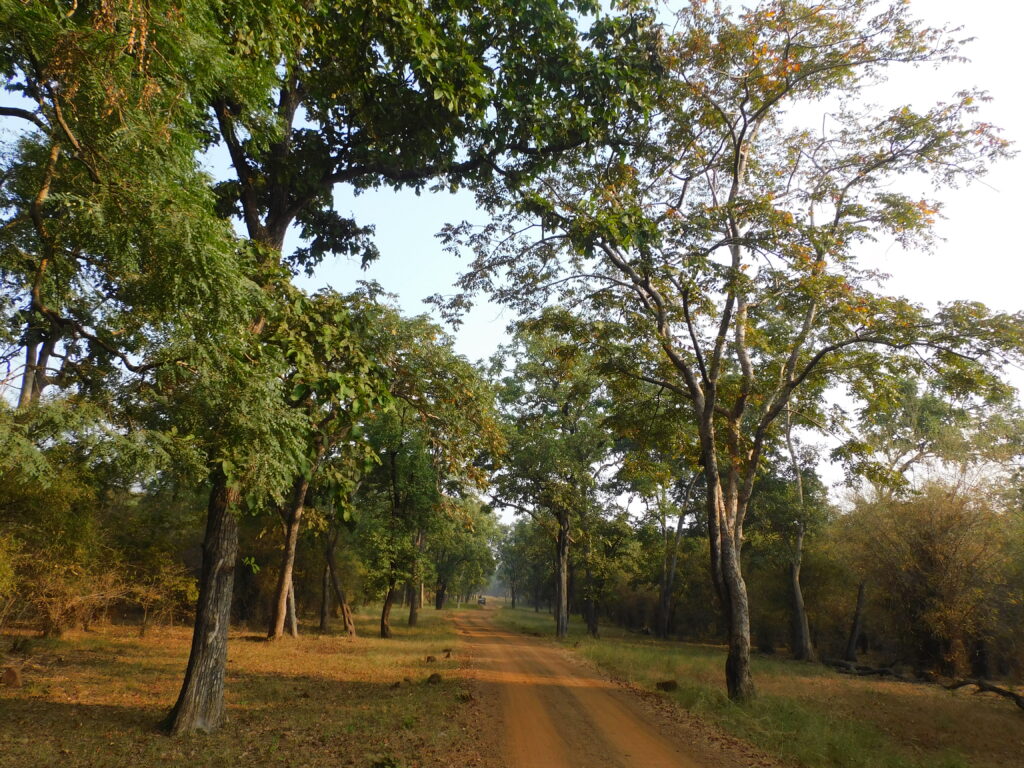
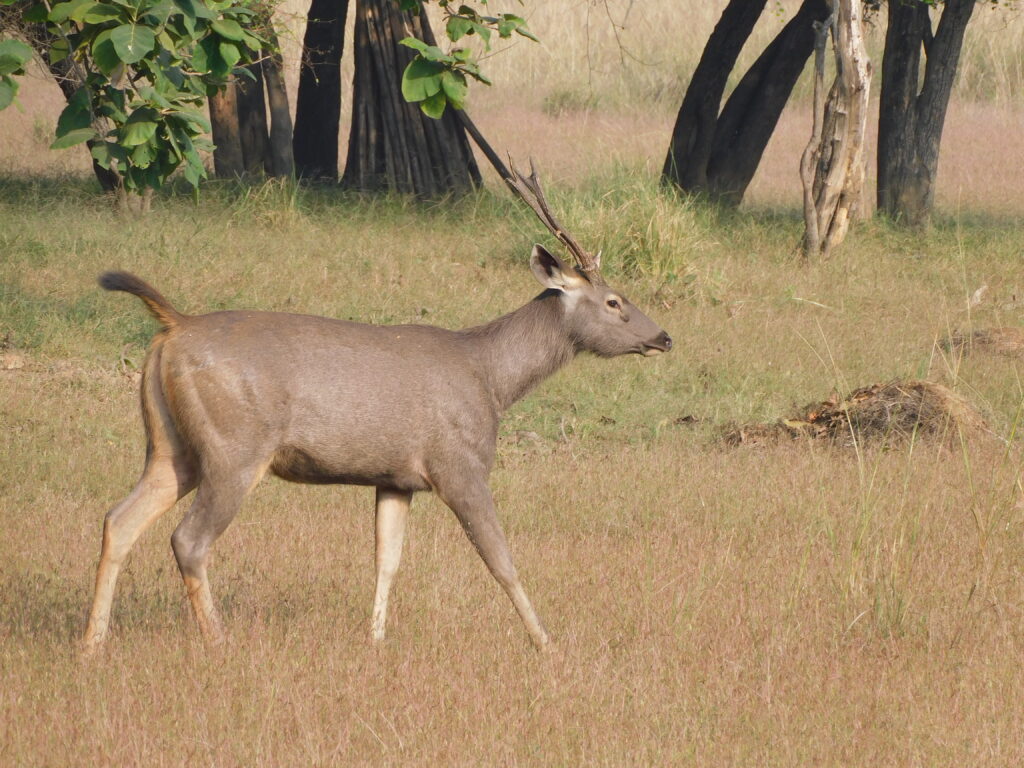
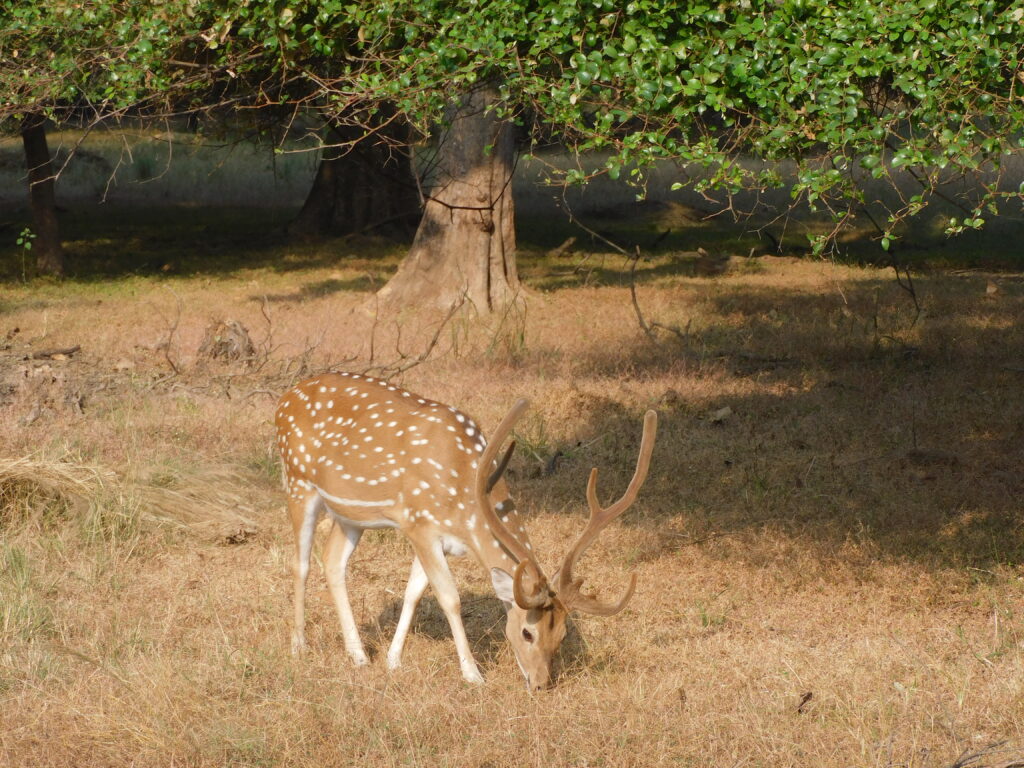
Back at the camp, we freshened up, had a quick lunch and left on our second safari of the day from Junona Gate in the buffer area. While core areas were exclusively for wildlife, buffer areas were shared with limited human activity. The foliage was much thicker in this zone and an excess in the tiger population spilled over to this area. Our experienced driver and guide were terrific. They were determined to track a tiger for us to view and to our delight, took us through rarely used routes in the buffer zone. We stopped at watering holes, drove through highs and lows in the densely forested areas, moved through territories of many big cats, but alas, this time too, not a single tiger came in sight. I was certain they were watching us, though.
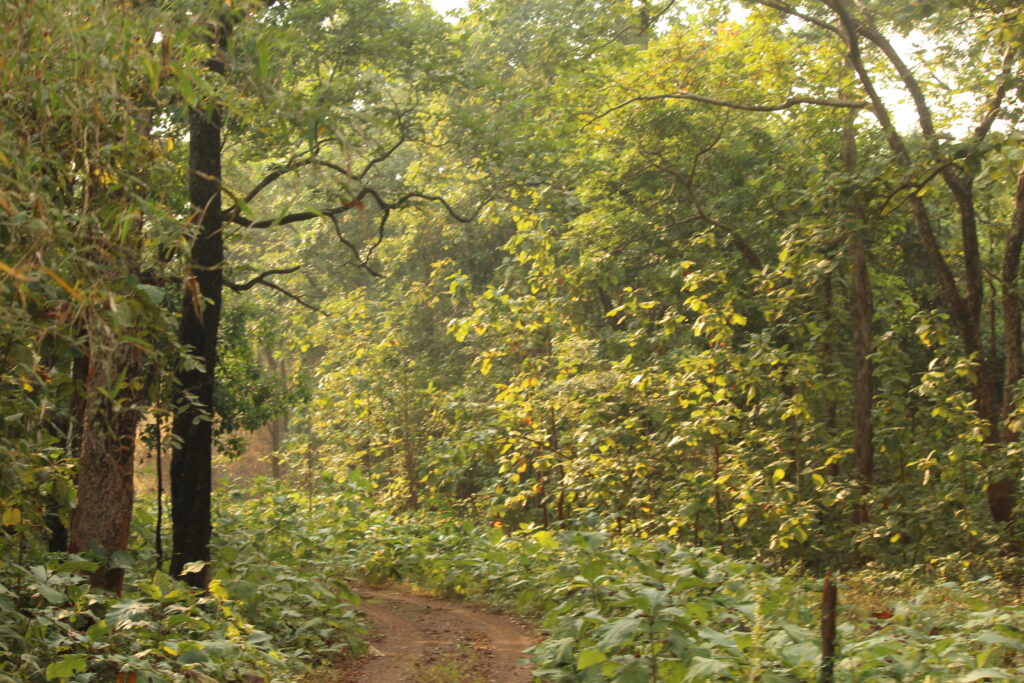
After two hours, while taking a break, we were told there had been a sighting at a watering hole we had visited earlier. We were joined by other vehicles and driven at break-neck speed to the spot. For 15 minutes we swung from side-to-side as the Gypsy veered crazily, all the while taking dangerous sharp curves at high speed. Astonished sambar deer stared at us, wondering what these clumsy animals were up to. As half-a-dozen vehicles screeched to a halt at the watering hole looking for the elusive tiger, we stared in disbelief at the sole peacock wandering about, unconcerned. We waited for a while to catch our breath. After four hours and fading daylight, we had to admit there would be no sighting for us on that day.
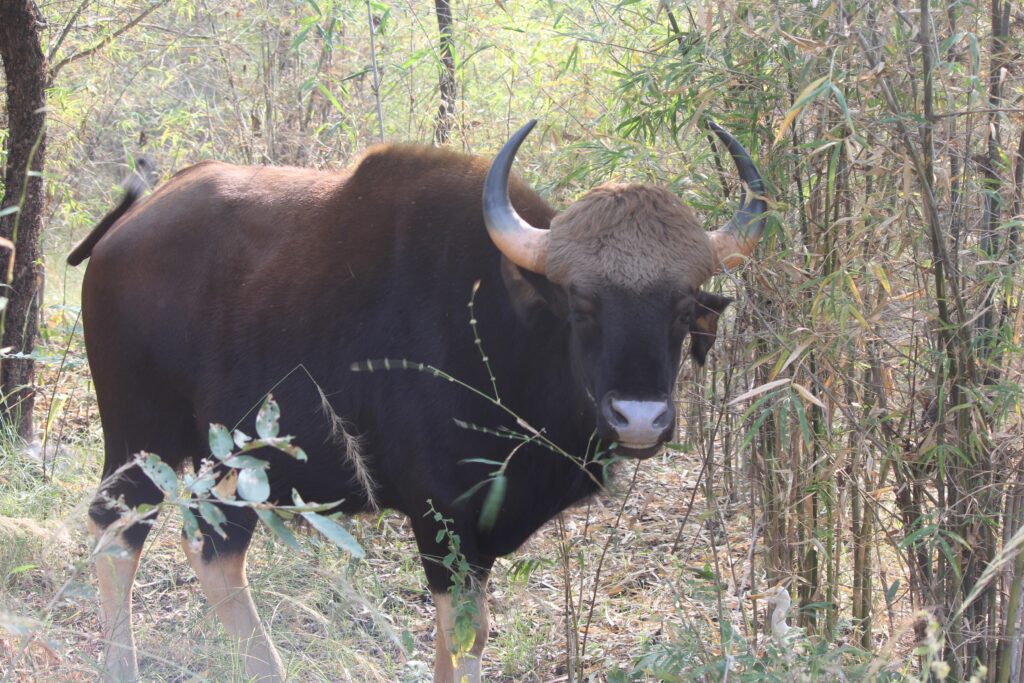
We went back to the camp and after a wash, met for dinner in the hall. Just as we were finishing our meal, we heard shouts from the gate. We dashed out at top speed and stared into the darkness outside. A large tigress had crossed the road a few feet from our camp, hoping to take her two cubs to safety. We waited with bated breath for her to re-emerge, but she did not risk the attempt. The staff shooed us back in, saying it was dangerous to be out when she was around with her cubs. The next morning, we left for our homes back in Mumbai.
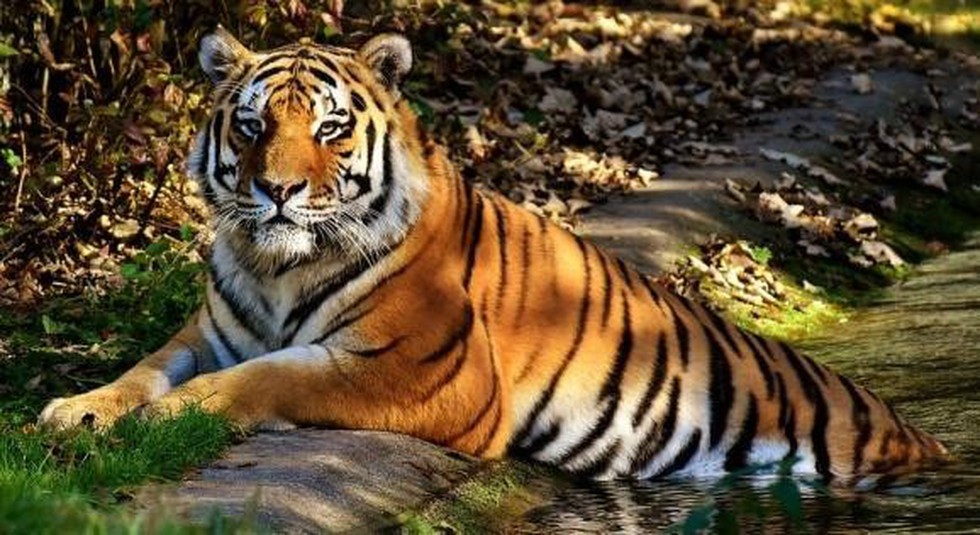
And so ended our sojourn at Tadoba. While the disappointment of not sighting a tiger was keen, the experience of the safaris was unforgettable. Having been introduced to the tigers and their ways by our guides, who spoke of them with knowledge and affection, we too felt a bond with these big cats. Indeed, we deeply mourned the death of the great Bajrang, who, on the day we left, was killed in a territorial fight by Chota Matka.
Adios dear friends, we hope to see you sometime in the future!
As always, we went to the Ganesha temple and broke a coconut in gratitude for our safe return.
Leave a Reply